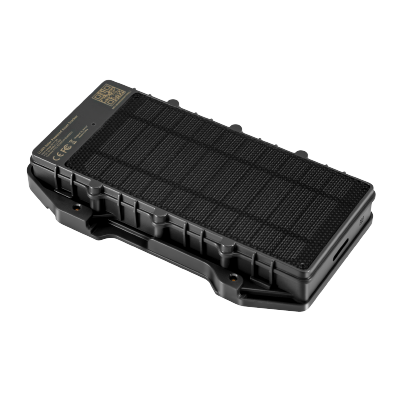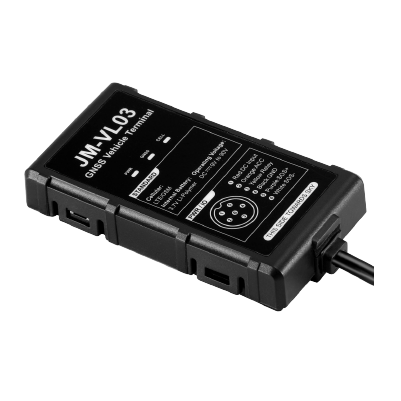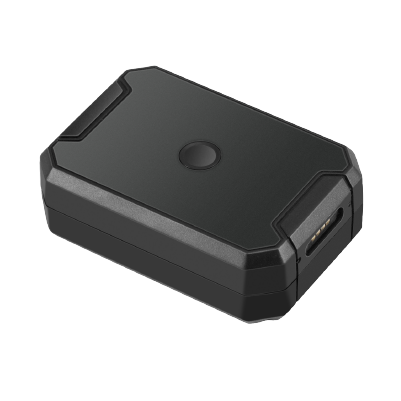GPS asset trackers have become an increasingly popular tool for businesses and individuals alike to track the location and movement of assets in real-time. These devices provide valuable data that can be used to optimize operations and reduce losses. In this article, we will explore the principles behind GPS asset trackers, and the types available.
What is a GPS Asset Tracker?
A GPS asset tracker is a small device that uses GPS technology to track the location of an asset in real-time. These devices are commonly used to track vehicles, cargo, and other valuable assets. GPS asset trackers consist of three main components: a GPS receiver, a cellular modem, and a battery. The GPS receiver receives signals from GPS satellites and calculates the location of the asset. The cellular modem transmits this information to a central server, which can be accessed by the asset owner using a web browser or mobile app. The battery powers the device and can last anywhere from a few days to several months, depending on the type of tracker and how frequently it transmits location data.
How do GPS Asset Trackers Work?
GPS asset trackers work by utilizing a network of satellites orbiting the earth. These satellites transmit signals to GPS receivers on the ground, which then communicate with GPS asset trackers to determine their exact location. The GPS asset tracker then sends this location information to a central server, where it is processed and displayed on a map or dashboard.
The accuracy of GPS asset trackers can vary depending on a variety of factors, including the number of satellites in view, the quality of the GPS receiver, and environmental conditions. When working correctly, however, GPS asset trackers can provide real-time location information accurate within a few meters.
Types of GPS Asset Trackers
There are several types of GPS asset trackers available on the market today, each with its own features and capabilities. Some of the most common types include:
1.Wired GPS Asset Trackers
Wired GPS asset trackers are hardwired to the vehicle or asset being tracked, providing a constant source of power and reliable connectivity. These devices are typically more expensive and require professional installation, but they offer the most accurate and reliable tracking.
2.Battery-Powered GPS Asset Trackers
Battery-powered GPS asset trackers are portable and easy to install, making them a popular choice for tracking smaller assets such as equipment or vehicles that are not in regular use. These devices typically have a shorter battery life but can be very cost-effective.
3.Solar-Powered GPS Asset Trackers

Solar-powered GPS asset trackers use solar panels to recharge their batteries, making them ideal for long-term tracking of assets in remote or off-grid locations. These devices are typically more expensive upfront but can save money over the long term.
Where to Install the GPS Tracker
- The GPS locator of the original car is generally installed in the A-pillar of the vehicle body, or the position of the roof antenna. Neither position signal receives much interference.
- Then the installation position of the added GPS locator can be said to be everywhere, such as front and rear bumpers, in the trunk, in the armrest box, under the passenger seat, glove box, door glove box or on the chassis.
- In addition, the vehicle chassis can also follow the GPS device. Adsorption GPS is usually adsorbed on the bottom of the vehicle, the wheel hub and other positions. This location is difficult to find with a GPS locator if you don’t lift the car up.
- Inside the dashboard. Places with dense power lines are high incidence areas where GPS devices may be installed. Because wired GPS needs to be connected to the power supply of the car body to support power supply and signal transmission, it usually chooses a place close to the power supply and densely populated with lines. It is relatively hidden to install in this position, as long as you do not remove the instrument panel or do internal maintenance, it is difficult to find it. The wireless GPS tracker is powered and transmitted by its own power supply, and does not rely on the vehicle power system, so the installation location is more unlimited and more difficult to find.
- Inside the front and rear bumpers. Because the GPS locator is installed in the bumper, it is difficult to be seen, so this location is concealed enough and safe enough.
- In the trunk. The trunk of the car is very large, and there are many places that can be installed. The GPS signal will not be shielded in the trunk, so the positioning effect will not be affected.
GPS asset trackers are essential tools for businesses and individuals seeking to improve operational efficiency and reduce losses. From wired GPS asset trackers to solar-powered models, there are a variety of options available to suit different needs and budgets.
 US
US ES
ES PT
PT TH
TH VN
VN JP
JP




